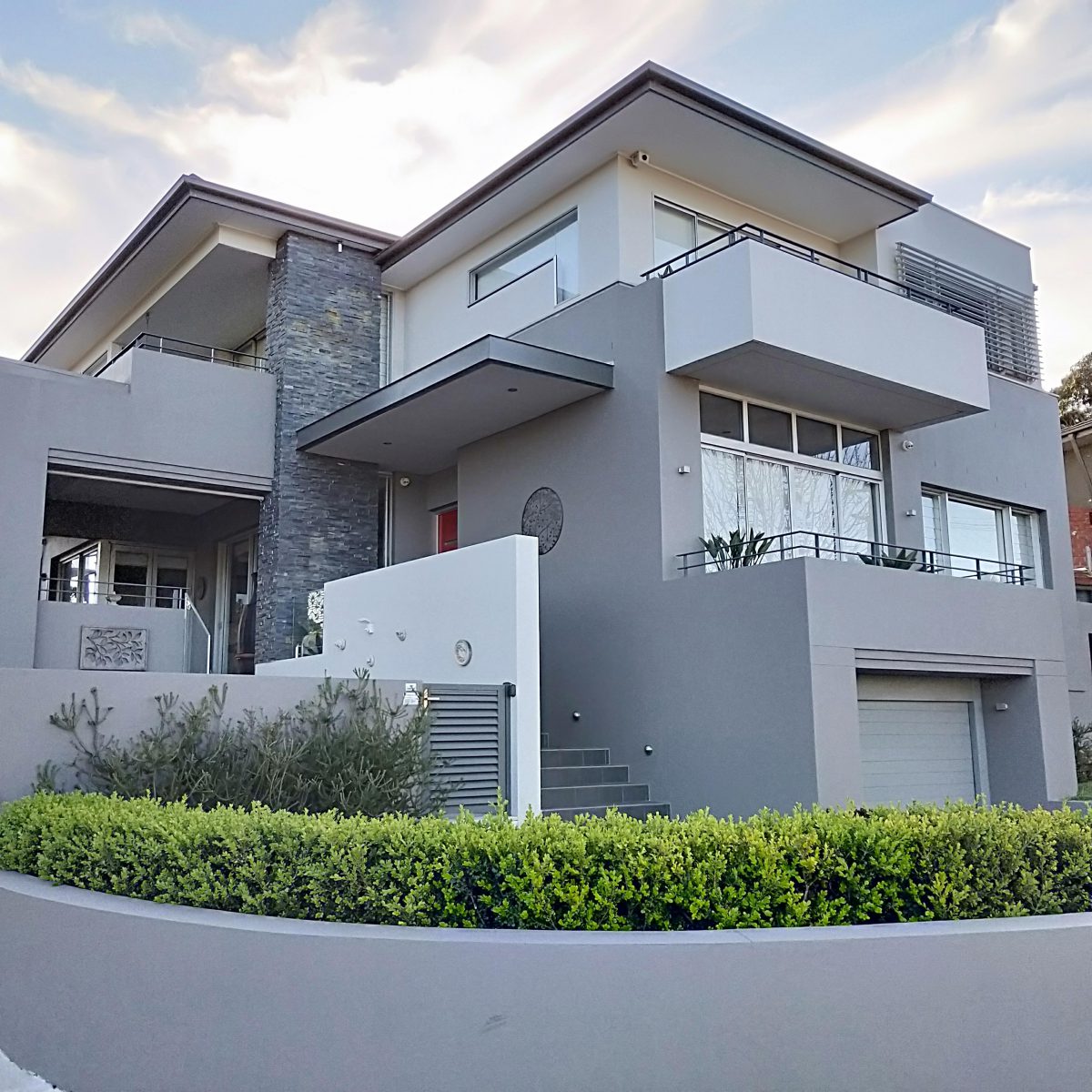
Rendering is one of the most popular options to brighten the street appeal of a brick house.
Over the past decade, many suburbs have had their character fundamentally changed by owners who have either rendered existing houses or rebuilt with a render finish.
Render gives a home a modern appearance and is worth considering if your interior design has been updated. But if you’ve retained its architectural origins, it’s not necessarily a great investment. For example, it would be a crime to render a traditional, well-preserved Federation home.
Buyers love a consistency of architecture. A property with a “bit of this and a bit of that” is usually not well received by the market.
Don’t rely on render being a sound investment to either increase the price of your property or reduce its time on market. Before going down that path, ask your agent whether render would deliver a good return on investment if you’re looking to sell.
Rendering is not a cheap exercise. Costs vary on the size of the house and types of render – cement and variations of acrylic, mostly – and can climb to $20,000-plus for an average size home.
A good agent will warn you against over-capitalising on your home, especially if they think it will not make a substantial difference to the value of your home.
Here are some issues to consider when you render:
- Render improves the thermal performance of your walls.
- If you’re dealing with painted bricks, rendering is a good way to remediate and modernise the frontage.
- Carefully consider the colour scheme for your home before you render. Make sure that it matches your roof and existing window trims. Or maybe go for an entirely new look and give everything a makeover.
- Render sucks up the first few coats of paint. At least an additional third of the rendering cost will be spent on painting.
- When getting a quote, ask about the various alternative materials, such as cement, polymer, acrylic and modified cement renders.
- Rendering can update the look of your home but requires painting and maintenance, such as fixing cracks. Expect to spend up to $10,000 on a repaint once every 10 years.
- Poor rendering, and issues with guttering, quickly create visible water damage which can dramatically detract from the image you’re trying to achieve.
- Damaged render is easy to spot. It has an adverse impact on prospective buyers who see a renovation cost before they’ve even entered the home.
- Any building movement will undermine the integrity of the render and cause cracking.
